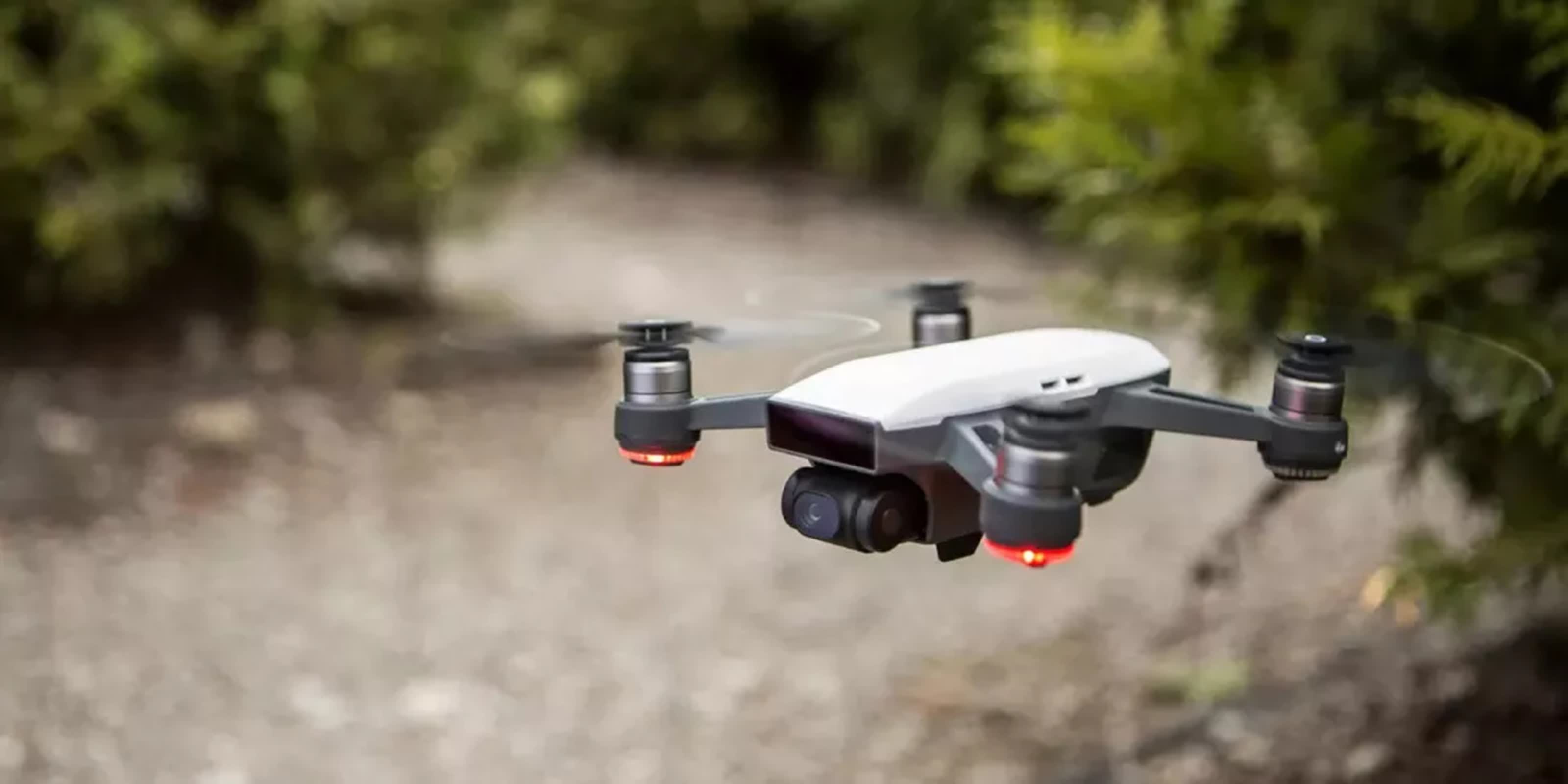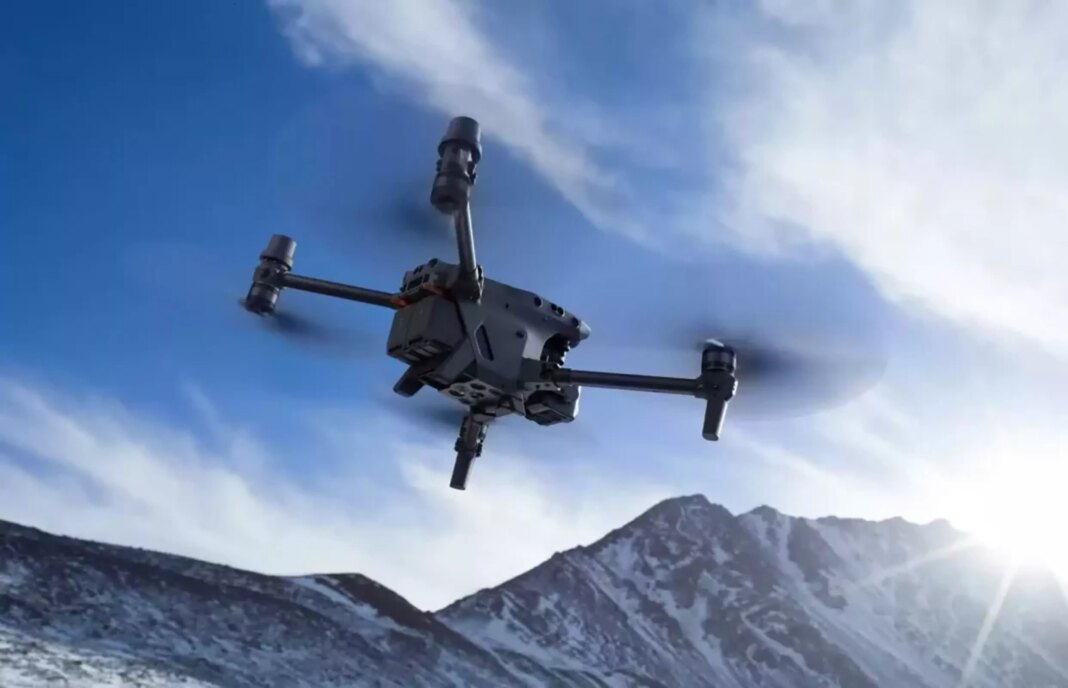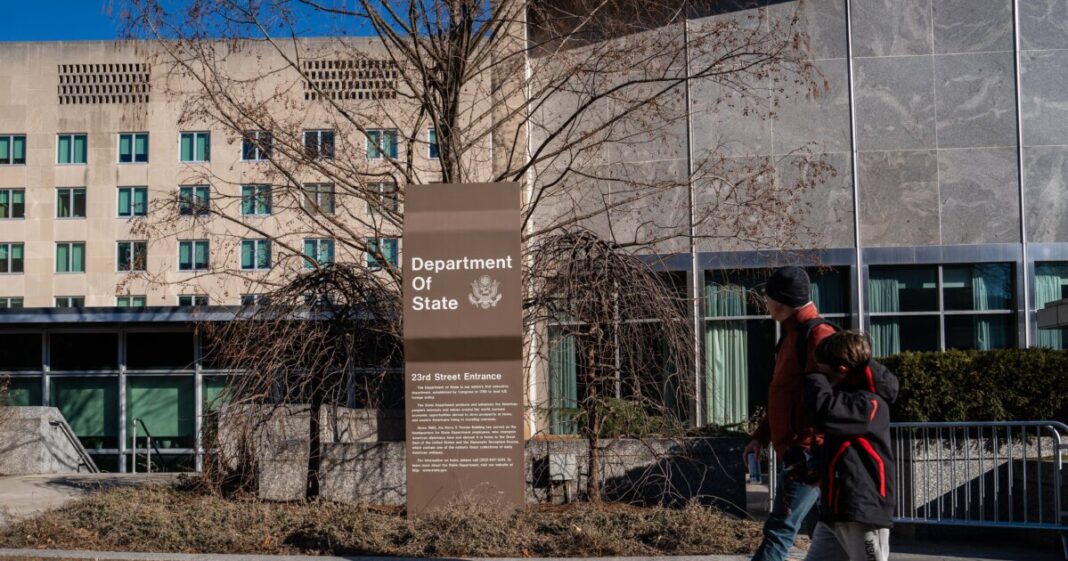TL;DR: DJI is at a critical juncture as it faces a potential automatic ban on its products in the US. With less than a year to persuade the Trump administration and US lawmakers to reconsider, the company has made a bold move by announcing the removal of its self-imposed no-fly zones – a decision that has raised eyebrows and sparked concerns across the drone industry.
The timing of the announcement has been particularly controversial, coming less than a month after a small DJI drone collided with a plane battling the Los Angeles wildfires. Despite the incident, DJI is moving forward with its plan to eliminate restrictions that previously prevented its drones from flying over sensitive areas such as airports, power plants, and even the White House.
Meanwhile, a critical deadline looms for the China-based company. Concerned that DJI drones could be used to collect sensitive information and transmit it to China, lawmakers earlier this year proposed the Countering CCP Drones Act, which aimed to add DJI to the FCC’s blacklist. While the act was ultimately excluded from the final version of the National Defense Authorization Act this month, the NDAA still includes language with similar provisions.
In an extensive interview with The Verge, Adam Welsh, DJI’s head of global policy, acknowledged that the company faces an uphill battle in convincing the public that eliminating no-fly zone restrictions is the right move. “Geofencing has been in place for more than 10 years, and we recognize any change to something that’s been in place for 10 years can come as a bit of a shock to people,” he said.
Welsh argued that while geofencing was initially implemented to fill regulatory gaps when consumer drones first entered the market, it was never a foolproof solution.

Welsh points out that regulatory agencies have taken alternative approaches to drone safety, prioritizing operator training, airspace permissions, and remote ID technology rather than mandating geofencing. “They have stuck to the basic principle that the operator should be in control of the drone, the airplane, or any other kind of aviation object at all times,” Welsh said.
Critics argue that removing these restrictions could heighten safety risks. However, DJI contends that geofencing itself comes with significant drawbacks.
Wayne Baker, DJI’s public safety integration director, highlighted the challenges faced by first responders as an example. “An autistic child that’s missing in inclement weather – we didn’t have the time to go through ‘here’s our permissions’ and all that.”
The company also cites the growing burden of processing unlock requests as a key factor in its decision. While DJI insists that cost savings were not the primary motivation, Welsh acknowledged that “the burden on our internal resources had been growing exponentially.” The company had invested in round-the-clock staffing to handle these requests, aiming to process them within an hour.
DJI’s decision raises broader questions about balancing operator freedom with public safety. Welsh likened geofencing to a car that prevents its owner from driving to certain places even after receiving permission or that restricts speed in designated areas. “I don’t think people would accept it,” he argued. Like traditional aircraft pilots, he believes drone operators should be responsible for understanding and adhering to flight restrictions.
As the debate unfolds, DJI faces the challenge of persuading regulators and the public that this move enhances rather than compromises safety. The company is banking on improved operator education and existing regulatory frameworks to maintain safe drone operations. With the specter of a US ban looming, DJI’s strategy amounts to a high-stakes bet on operator responsibility and regulatory alignment.


